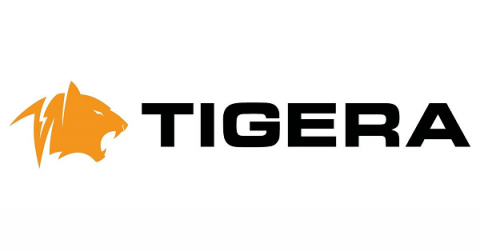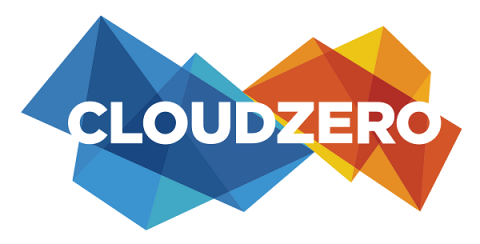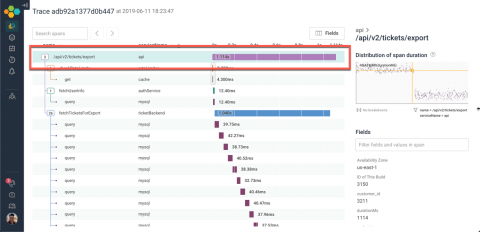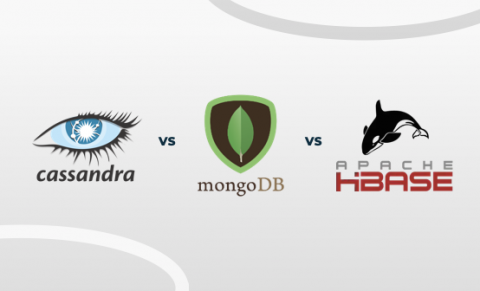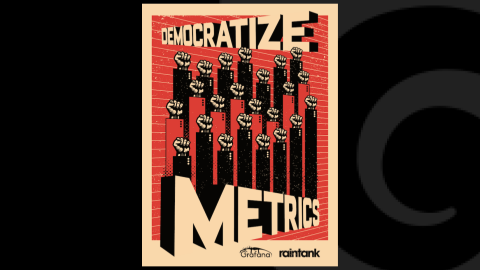10 Reasons You Should Run Your Serverless Applications & FaaS on Kubernetes
Over the last year, along with Kubernetes, Serverless computing platforms have acquired tremendous mindshare among the development community. As Serverless implementations begin to proliferate, I want to make the case that there are tremendous synergies to be gained by bringing both these paradigms together. Some of these benefits have been covered in previous posts. The majority of enterprises are embarking on their DevOps journey. Scaling such processes across a large enterprise is complicated.


